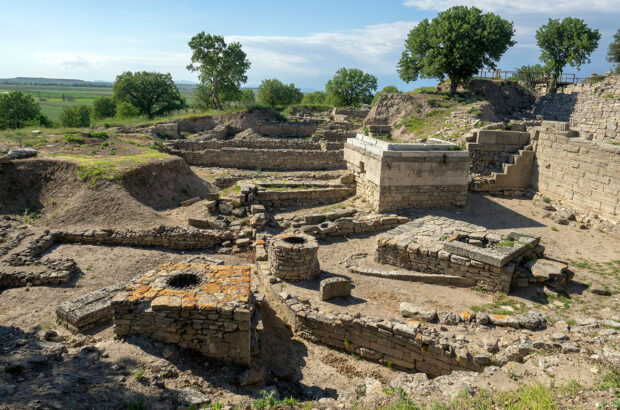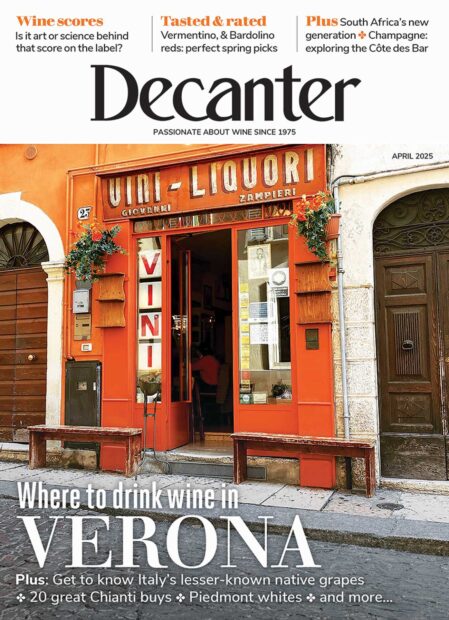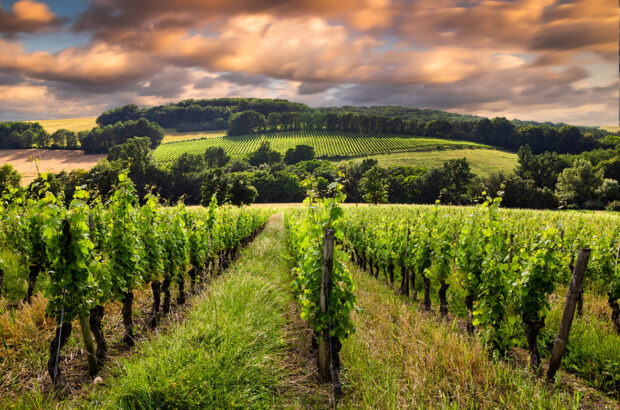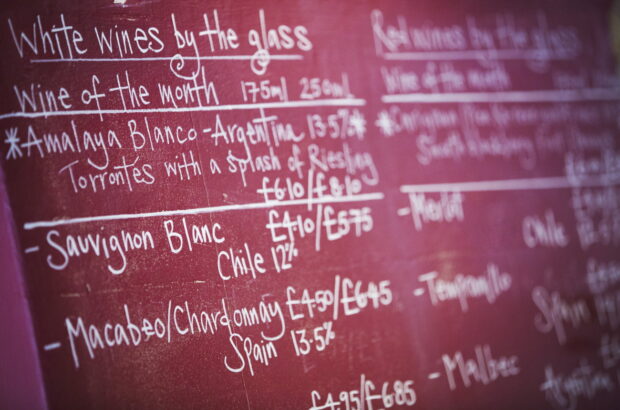From a certain viewpoint in Macouba on the island of Martinique, you can look down at the resplendent red and green Rhum JM Distillery in all its glory. Sitting at the base of the active Mount Pelée volcano, and enveloped by lush flora and fauna, the distillery, founded in 1845, is very much part of the island’s natural landscape. It is also, I think, the best-looking distillery I’ve ever laid my eyes on.
Head 1,176km across the Caribbean Sea and Jamaica’s Long Pond Distillery, set off a dusty side road, covered in cobwebs and purely industrial in its set-up couldn’t be more of a juxtaposition. And yet, they both make some of the Caribbean’s most characterful and distinctive rums.
Past and present
The history of how the Caribbean came to make rum is a storied one. Sugarcane – the raw material used to make rum – has a history of its own. It collides with the Caribbean via the controversial figure of Christopher Columbus, who brought its cultivation to the region at the end of the 15th century. With it came colonisation and slavery – and the first inklings of rum as we know it today.
It is said that African slaves brought to the Caribbean to cultivate sugar realised that its by-product – molasses – could be distilled to make an alcoholic liquid. Barbados is actually credited with being the first island to start refining distillation techniques to produce rum in the 1650s.
Now, according to the ultimate rum resource Rum Wonk, created by Matt Pietrek, there are over 75 significant producers making rum in 24 different countries across the Caribbean. From Antigua and Grenada, to Panama, Trinidad and Venezuela.

Bacardí rum’s iconic bat logo Credt: Anders Nord, Unsplash
There are, of course, some behemoths when it comes to this category. Bacardi is perhaps the most widely known brand, founded by the Bacardi Massó brothers in 1862 in Santiago de Cuba. Fruit bats lived above the distillery’s copper and cast iron still – hence the bat that adorns its labels to this day (see above).
Then there’s Jamaica’s oldest sugar estate and distillery, Appleton Estate in the Nassau Valley, which has the doyenne of rum at its helm: Master Blender Joy Spence. Meanwhile Mount Gay in Barbados is thought to be the oldest rum distillery in the whole Caribbean.
Same but different
The spectrum of Caribbean rum styles is eye-opening. Various factors contribute to this: from varying soil types to the mixture of column and pot stills used; fermentation methods to the types of yeasts chosen. Not to mention raw materials: rum can be made from either molasses or sugarcane juice – or both.
While they may all come under the same headline, each country’s idiosyncrasies make the Caribbean rum category one of the most stylistically diverse in the spirits world. Indeed, to say Caribbean rums are all the same would be akin to saying all Scotch whiskies are the same – in fact, it may be even more reductive.
For example, Guyana-style rums are rich and fruity and full of the characteristics you’d expect from a spirit made from Demerara sugar molasses. In contrast, agricole rhums from Martinique are made from sugarcane juice, as opposed to molasses, and so often have a grassy, vegetal edge.

Harvesting sugarcane at Worthy Park Estate in Jamaica
Island character
In Jamaica a word commonly associated with the island’s rums is ‘funk’. This singular style is a product of the high esters (organic compounds that react with water to produce alcohols and organic or inorganic acids) found in a lot of the liquids coming out of distilleries. On a recent trip to the island’s lush and verdant Hampden Estate, I saw for myself how the process of ‘muck and dunder’ – the use of decomposing vegetation and spent lees – helps to create ester-bomb spirits that shout Jamaican rum.
On the equally lush and verdant but arrestingly French territory of Martinique, Habitation Clément epitomises the character of agricole rhum, which is made using sugarcane juice. The distillery is doing some interesting experiments with cask finishes, which are more common in whisky ageing than rum ageing). They’re using the likes of Pedro Ximénez, Sauternes and even Scotch whisky.
Head to St Lucia and you’ll find Deny Duplessis, Master Blender at St Lucia Distillers, exploring the limits of blending, using the distillates coming off the distillery’s assorted column, Vendome and John Dore pot stills. While in Barbados, the Foursquare Rum Distillery, led by its driven CEO and Master Distiller Richard Seale, is blazing a trail for its own Geographical Indication (GI). Watch this space…
This is, of course, just a snapshot. Why not take some time to delve further into each country’s rum-making history and the distilleries telling their stories today? Then the next time you hear the catchall term ‘Caribbean rum’, you’ll have a better idea of the full picture.
Caribbean rums: eight to get you started
Angostura 7 Year Old
You may know this brand better for its bitters, but the Angostura Distillery in Trinidad & Tobago’s Port of Spain also makes some fantastic rums. This particular expression marries light, medium and heavy rums, which have each been aged for a minimum of seven years, in ex-bourbon barrels. The result is golden syrup with cocoa and vanilla. A good dessert rum. Alc 40%
Appleton Estate 15 Year Old Black River Casks
Named as The Whisky Exchange’s Rum of the Year 2023, this Jamaican rum is made by Appleton’s inimitable Master Blender Joy Spence and named after the water source that feeds the distillery. A blend of column and pot still rums, aged in oak for 15 years, it’s a rich, fruity, nutty expression of what Jamaican rum can offer. Hazelnuts, dark chocolate, orange peel and roasted coffee beans can all be found in this distinctive rum. Alc 43%
Chairman’s Reserve Spiced Rum
An excellent homage to the spiced rum tradition of St Lucia, this expression of Chairman’s Reserve is a blend of Coffey and pot still rums aged in ex-bourbon casks and infused with local fruits and spices, such as orange peel, cinnamon and nutmeg. We’re talking Jaffa Cakes with Chairman’s’ recognisable dark chocolate note coming through, as well as Christmas cake, while all those spices give a beautiful warming finish. Alc 40%
Doorly’s XO
Made at the highly revered Foursquare Rum Distillery in Barbados, Doorly’s XO is a blend of column and pot still rums, aged for a minimum of six years and finished in oloroso Sherry casks. This rum is bursting with notes of toffee, tarte tatin and vanilla, with a warming, dark sugar note that makes it not too sweet but deliciously moreish. Great as a sipping rum. Alc 40%
El Dorado 12 Year Old
Made on the banks of Guyana’s Demerera River, using both wooden and metal Coffey stills, this hugely popular 12 Year Old is full of rich and fruity esters. Toffee, vanilla and spices combine with dried dark fruits, especially prunes, and even a whisper of smoke, making this a beautiful rum to enjoy just as it is. Alc 40%
Foursquare 10 Year Old Criterion
The fifth of the Barbados distillery’s Exceptional Cask range, this bottling has been aged in both ex-bourbon and Madeira casks. Roasted tropical notes and salted caramel move into apples and sultanas, with plenty of tannins. This is a rum you want to sit with. Alc 56%
Renegade Dunfermline Column Still Rum
This new(ish) brand from Grenada focuses on single origin and terroir in the rum category. This particular expression is made from a sugar cane variety called Lacalome Red. Made as the name suggests on column still, this rum has that lovely sugarcane sweetness with bright tropical notes that move into a mix of orange and vanilla. Alc 50%
Rhum JM White
This white rhum agricole (aka made from sugarcane) from the breathtakingly beautiful Rhum JM in Martinique has been column distilled before spending six months in stainless steel. It has all the trademarks of a bright and grassy agricole but with added lime and floral notes plus a hit of white pepper on the finish. Absolutely excellent in a Ti’Punch with sugar cane syrup and a lime slice. Alc 50%






